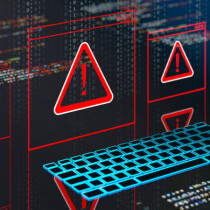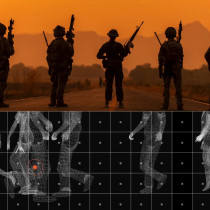Wireless networks lure hackers
LAS VEGAS--A new way to attack wireless networks underscores the lack of security for PC owners using the airwaves to connect their computers, said security experts speaking at the Black Hat Briefings conference. On Thursday, Tim Newsham, a researcher for security firm @Stake, presented the details of weaknesses in the password system of wireless networks that could lead to a break in security in less than 30 seconds. The flaw is the third to be uncovered in the so-called Wired Equivalent Privacy, or WEP, protocol that supposedly secures wireless networks.



































































